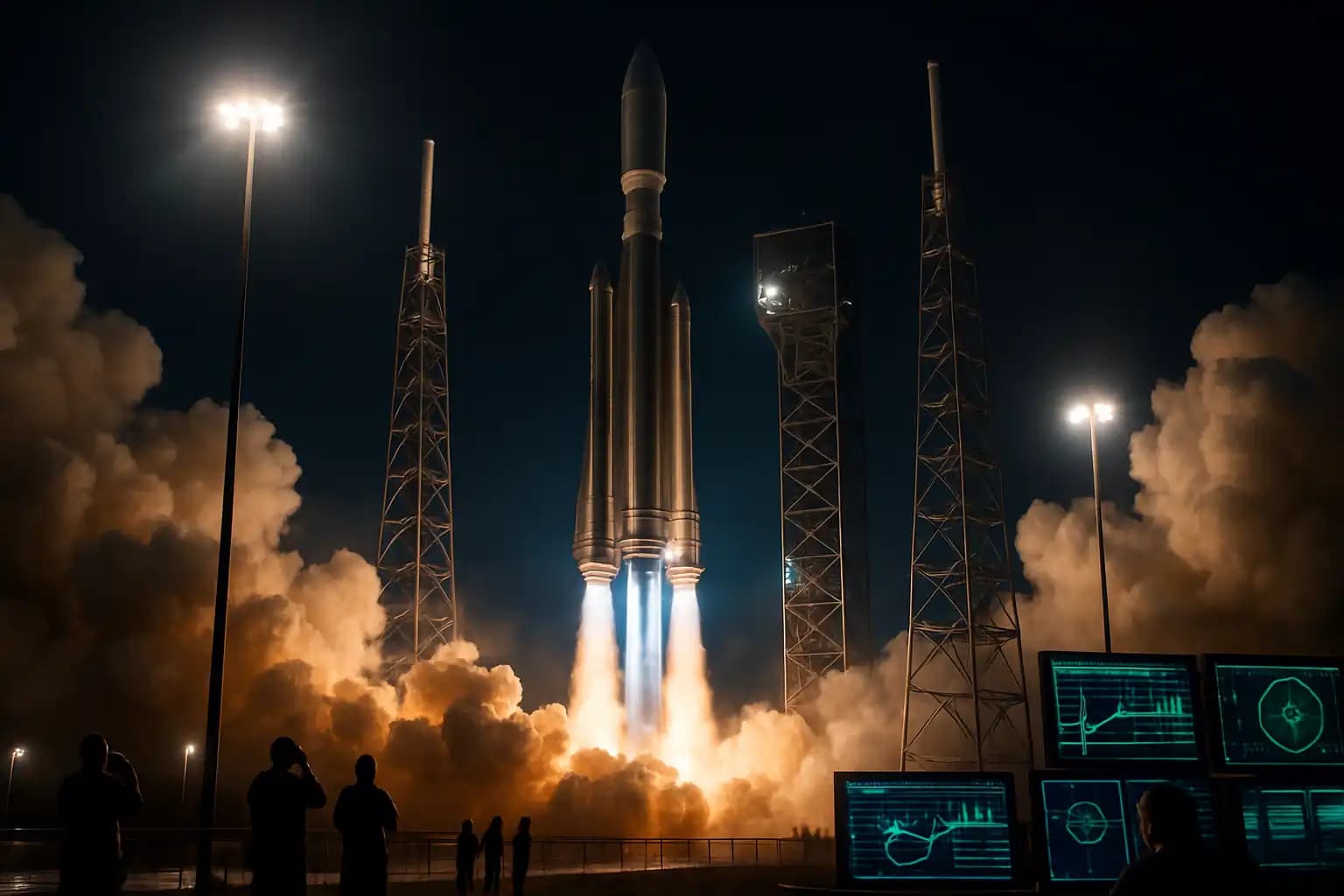Cape Canaveral has always been a site of spectacle, but nothing in recent years matched the tension surrounding United Launch Alliance’s long-delayed Vulcan Centaur launch. On August 12, 2025, the rocket took centerstage, carrying the USSF-106 mission for the U.S. Space Force. In an industry shaped by SpaceX bravado and shifting Pentagon priorities, the Vulcan’s liftoff proved ULA’s ability to once again define American access to orbit.
Vulcan Centaur’s Launch Success: A Crucial Step in America’s Rocket Race
The Vulcan Centaur’s debut from Cape Canaveral Space Force Station was not just flawless—it was vital for ULA’s future. According to United Launch Alliance, the rocket lifted off perfectly and placed its payload in geosynchronous orbit, allowing ULA to reclaim its place at the national security launch table. After years of delays and criticism, this success was key to regaining trust from the Space Force—and securing billions in government contracts. The Vulcan is now certified for over two dozen crucial government launches, as highlighted in coverage at Space.com. It replaces the venerable Atlas V and Delta IV, ensuring Cape Canaveral remains the launch capital and keeping Florida central to national security in space.
This competitive environment—and its national significance—echoes the anxieties and ambitions seen in defense innovation reporting as well as stealth technology analysis, highlighting how launch providers are essential to America’s technological security.
The BE-4 Engine: Blue Origin’s Gamble and the Vulcan’s Core Power
The Vulcan Centaur’s success hinged on the Blue Origin BE-4 engine, designed to end reliance on Russian technology. Each BE-4 produces 550,000 pounds of thrust at sea level, significantly improving over the Atlas V’s Russian RD-180 while directly competing with SpaceX’s Raptor (comparative analysis at SlashGear). Despite a four-year delay from development challenges, the BE-4 now powers both ULA’s Vulcan and Blue Origin’s future rockets. While Raptor is lauded for its reusability and intricate design, the BE-4’s straightforward power makes it a new workhorse for medium- and heavy-lift missions.
This shift—from foreign dependency to domestic innovation—mirrors wider American strategic changes discussed in AI and national security articles, and demonstrates how hardware decisions affect supply chains and timelines.
Cape Canaveral: Strategic Launchpad and Modern Space Arsenal
Cape Canaveral is not merely about rockets; it embodies military deterrence, commercial aspirations, and American influence. The Vulcan Centaur’s selection for USSF-106 and numerous future missions solidifies Florida as the hub for satellite launches and space deterrence over the next decade. As Space.com noted, the rocket’s ability to transport large, advanced payloads for both government and commercial entities has revitalized trust in ULA after years overshadowed by SpaceX. The Vulcan is now designated for over two dozen critical Space Force launches, representing significant budgetary and strategic consequences.
These developments illustrate how the contest for orbital access intertwines with realpolitik and anxieties reminiscent of themes found in geo-strategic escalation and deep-state connections to military operations and cosmic mysteries.
Rocket Rivalry: Vulcan, SpaceX, and the Future of Space Launch
The Vulcan Centaur’s true test is just beginning. By integrating technologies from Atlas V, Delta IV, and next-generation innovations, it aims to disrupt a market currently commanded by SpaceX. Unlike SpaceX’s streamlined manufacturing model, ULA depends on a network of established aerospace partners, prioritizing reliability and adaptability over fast iteration. This approach, combined with a shift to methane fuel and solid boosters, offers unique trade-offs but makes ULA’s timetable more vulnerable to delays from any partner setbacks.
As ULA, SpaceX, and Blue Origin compete for government contracts and market prestige, expect Cape Canaveral’s launch facilities to be a testing ground for new defense and commercial initiatives as seen in major NASA announcements and the unpredictable repercussions of space weather on defense operations. All eyes focus on Vulcan’s flight schedules and reliability as national security and commercial goals converge.
Why is this important? The Vulcan Centaur is not just another American rocket—it’s crucial to the post-2025 launch market, where space acts as both a battleground and a laboratory for new geopolitical alliances. To stay updated on how this shifts next-gen space policy and defense, bookmark ongoing coverage at Unexplained.co.




